Caring For Grape Hyacinth In Lawns: How To Naturalize Grape Hyacinth Bulbs
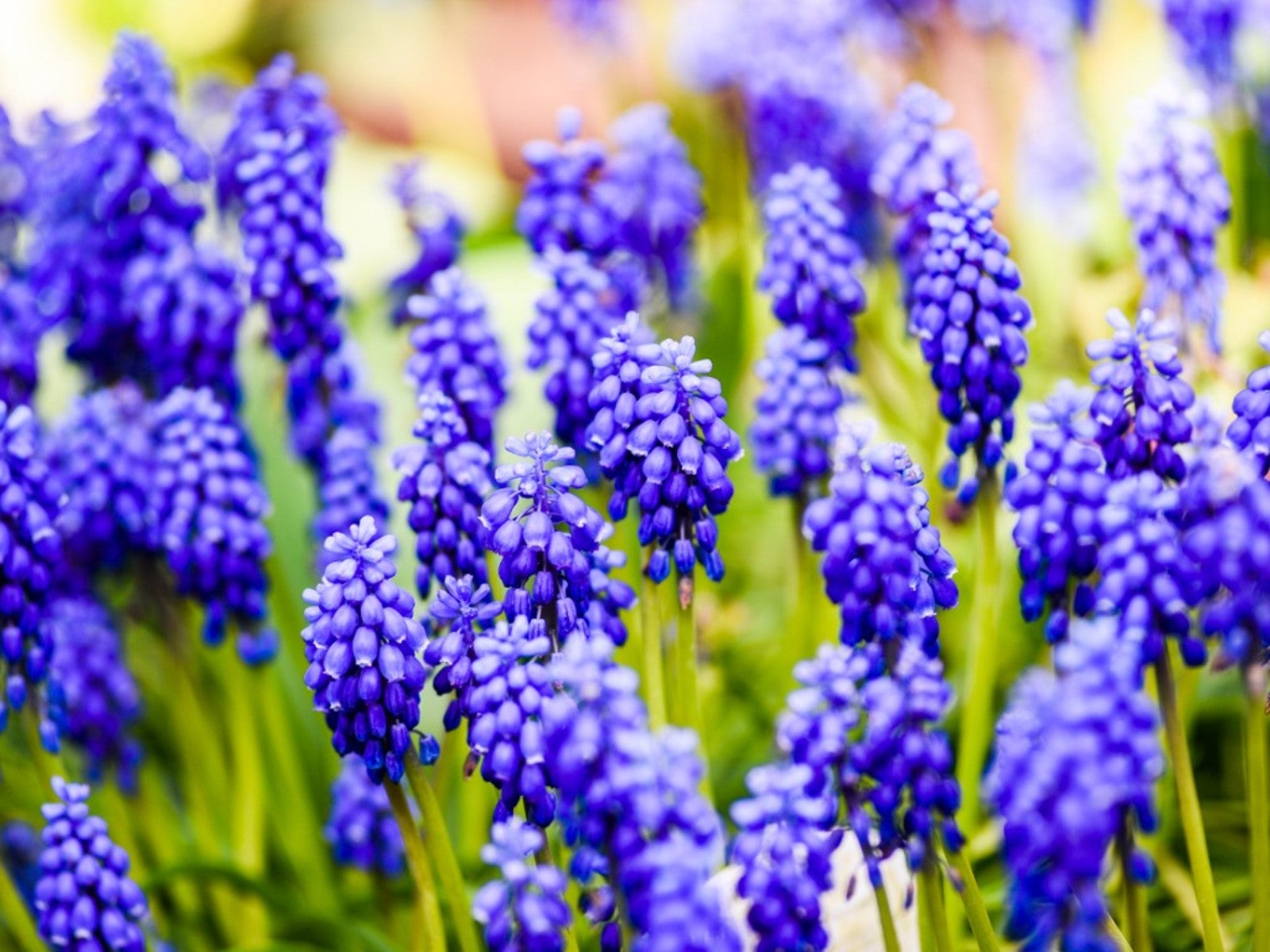

Some gardeners aren’t crazy about the idea of grape hyacinths popping up in a tidy lawn, but others love the carefree appearance of naturalizing grape hyacinths growing amid the grass. If you belong to the latter group, read on to learn how to naturalize grape hyacinth bulbs in your lawn.
Planting Grape Hyacinth Bulbs in Lawns
In general, planting grape hyacinth bulbs in lawns is about the same as planting bulbs in the flower bed; the only difference is that you’re working around existing turf. There are a couple of ways to go about planting the bulbs. The easiest method is simply to peel back small areas of turf with a spade or other cutting tool. Flip the corner of the turf, plant the bulbs underneath, and then replace the turf and tamp it gently. As long as you provide the area with a little water, the grass will grow back quickly. The second method is to punch a hole for each bulb, using a tool such as a narrow spade, bulb planter or a large screwdriver.
Naturalizing Grape Hyacinths
Naturalizing grape hyacinths, like any type of naturalizing flowers, involves planting the bulbs in an unplanned manner, Mother Nature style. The easiest way to accomplish this natural planting scheme is to simply scatter the bulbs in the area, and then plant them where they fall. If possible, dig in a little compost to improve drainage. However, grape hyacinth bulbs generally do well in existing soil as long as the turf isn’t hard packed. Once the bulbs are planted, grape hyacinths will spread freely and continue the naturalization process with no assistance.
Caring for Grape Hyacinths in Lawns
Like all bulbs, grape hyacinths recharge themselves by absorbing the sun’s energy through the leaves. Ideally, the tops shouldn’t be disturbed until they die down and turn yellow. This presents a challenge for hyacinths grown in lawns, as the grass generally is due for mowing while the tops are still green. Remember that your goal is a natural appearance – not a perfectly manicured lawn. However, if the untidy appearance is more than you can stand, the bulbs should do fine as long as you wait until blooming is completely finished. If the grape hyacinths are growing in patches, mow around the perimeters. Water the bulbs well during plant growth and blooming, then cut back when the foliage begins to turn yellow. Grape hyacinths in lawns require no additional care.
Gardening tips, videos, info and more delivered right to your inbox!
Sign up for the Gardening Know How newsletter today and receive a free copy of our e-book "How to Grow Delicious Tomatoes".

A Credentialed Garden Writer, Mary H. Dyer was with Gardening Know How in the very beginning, publishing articles as early as 2007.
-
 Looking For Plants To Give You The Soft And Fuzzies? Try These 5 Fuzzy Leaf Plant Options
Looking For Plants To Give You The Soft And Fuzzies? Try These 5 Fuzzy Leaf Plant OptionsLovers of texture, drama, silver foliage and tactile plants will adore these special sensory garden additions. These fuzzy leaf plant options will leave you all aglow
By Susan Albert
-
 Get Ready For A Summer Of Hummers! Grow These Full Sun Hummingbird Plants and Flowers
Get Ready For A Summer Of Hummers! Grow These Full Sun Hummingbird Plants and FlowersIf you’re lucky enough to enjoy a sunny backyard, make sure you are maxing out on your pollinator opportunities and grow these full sun hummingbird plants and flowers
By Tonya Barnett
-
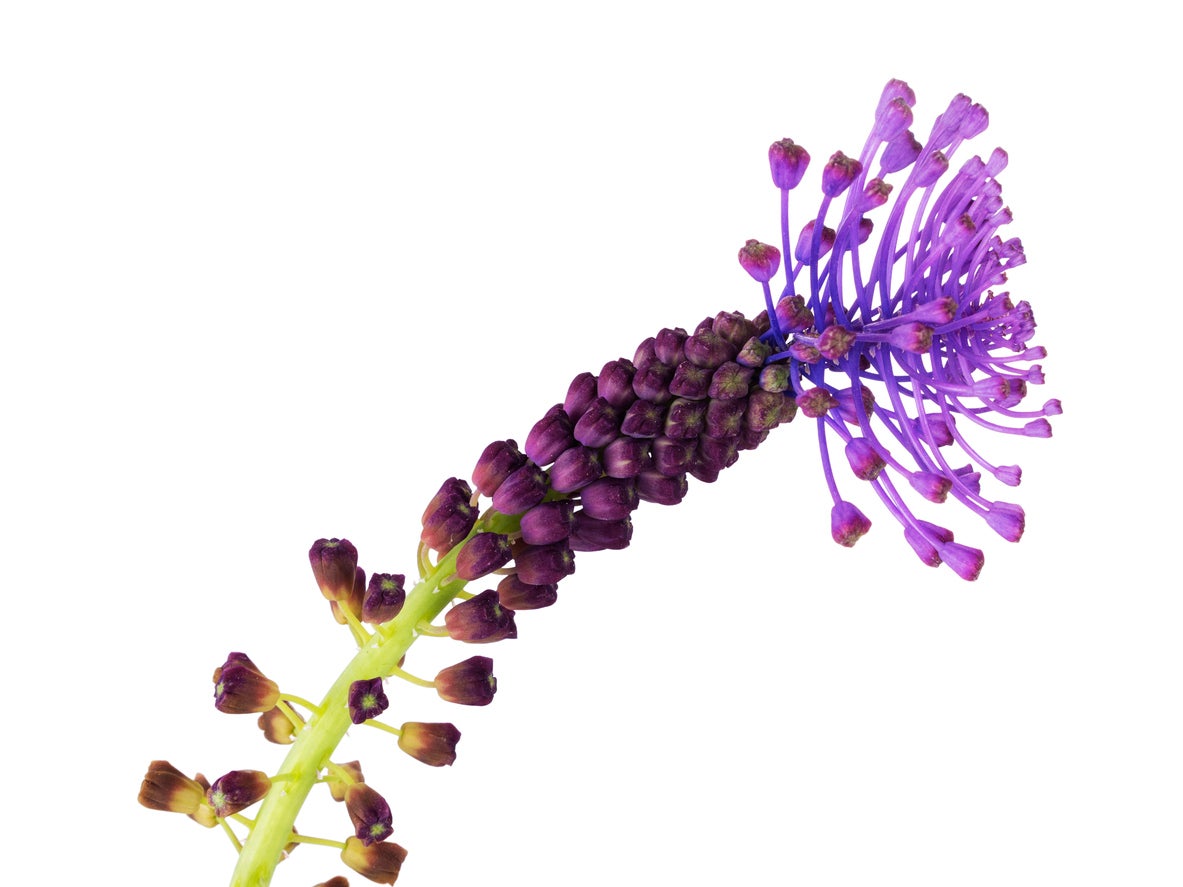 Feather Hyacinth Plants – Tips For Planting Feathered Grape Hyacinth Bulbs
Feather Hyacinth Plants – Tips For Planting Feathered Grape Hyacinth BulbsThe feather hyacinth, aka tassel hyacinth plant, can add another cool textural element to the garden with their feathery plumes. If you have some of these bulbs and are ready to go, click this article for tips on how to grow a Muscari feather hyacinth, including tips on their care.
By Teo Spengler
-
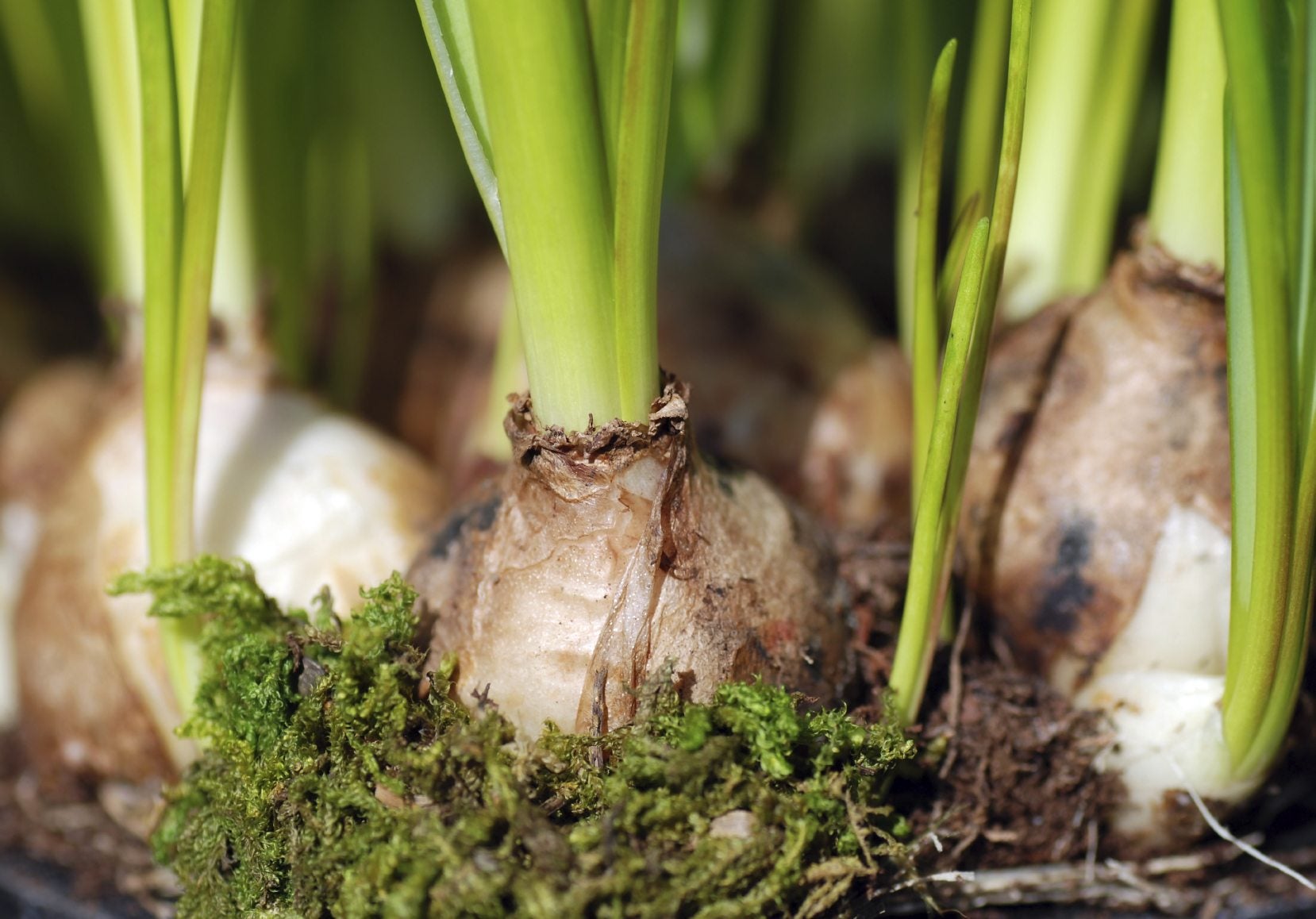 Digging Grape Hyacinths: How To Store Hyacinth Bulbs After Flowering
Digging Grape Hyacinths: How To Store Hyacinth Bulbs After FloweringGrape hyacinths are easy to dig up after flowering. Can you replant grape hyacinths? Yes, you can. Use the following article to get all the info you need about how to store hyacinth bulbs after flowering. Click here to learn more.
By Teo Spengler
-
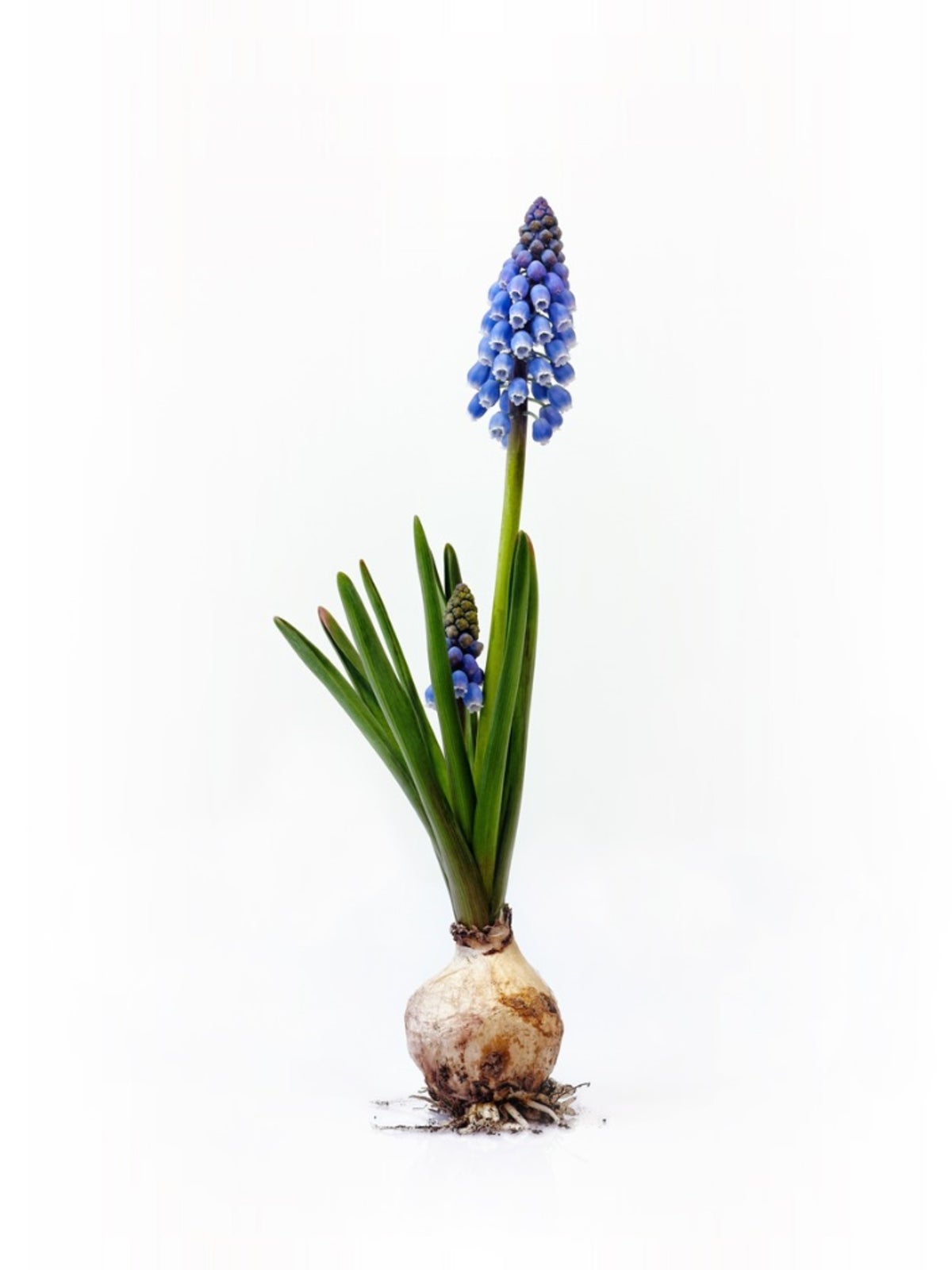 Muscari Propagation: Learn About Propagating Grape Hyacinth Bulbs And Seeds
Muscari Propagation: Learn About Propagating Grape Hyacinth Bulbs And SeedsIf you want to start growing grape hyacinth, or want to expand your collection, propagating grape hyacinths is very easy. Click this article to learn about propagation from grape hyacinth bulbs and grape hyacinth seeds.
By Liz Baessler
-
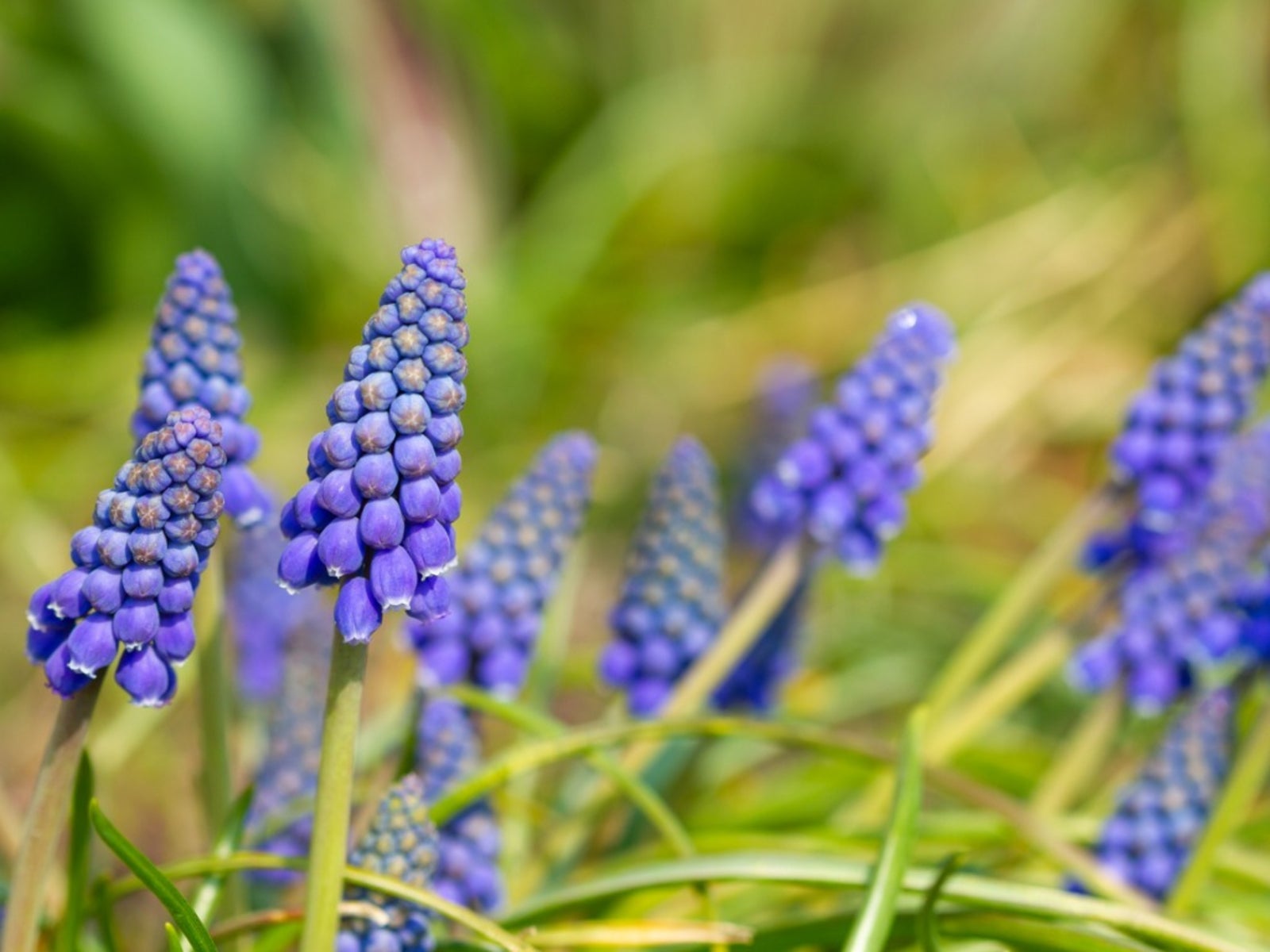 Grape Hyacinth After Flowering – Learn About Muscari Care After Blooming
Grape Hyacinth After Flowering – Learn About Muscari Care After BloomingWhen the grape hyacinth blooming season comes to an end, you need to care for the bulbs to protect and preserve them so that they can bloom again the following year. Read on for information about Muscari care after blooming.
By Teo Spengler
-
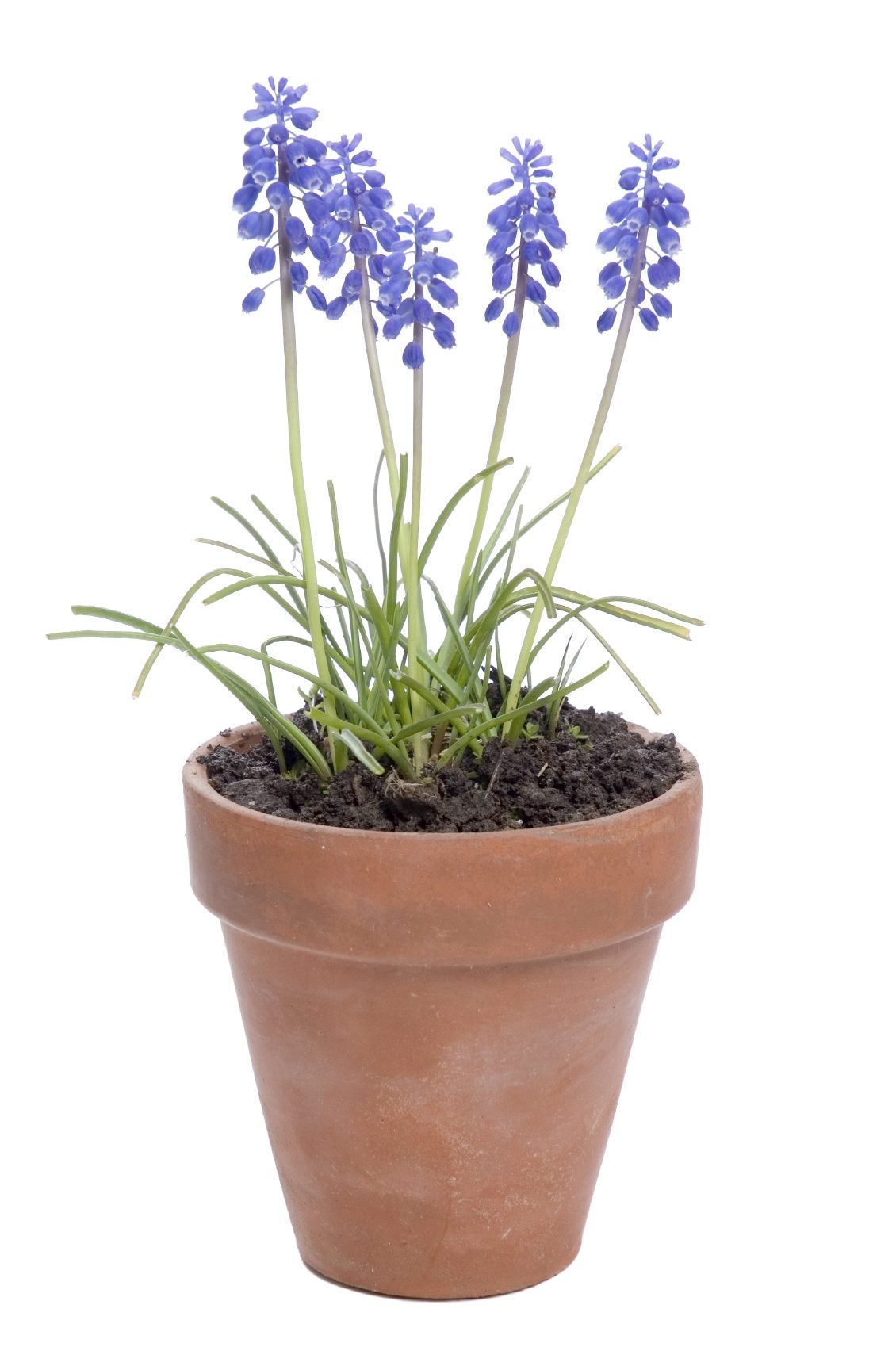 Growing Grape Hyacinth In Containers: How To Plant Muscari Bulbs In Pots
Growing Grape Hyacinth In Containers: How To Plant Muscari Bulbs In PotsGrape hyacinths are not, contrary to popular belief, related to hyacinths. They're actually a type of lily. They have a shockingly beautiful blue color (except when they're white) and a heavenly scent. They also grow very well in pots, and this article will help.
By Liz Baessler
-
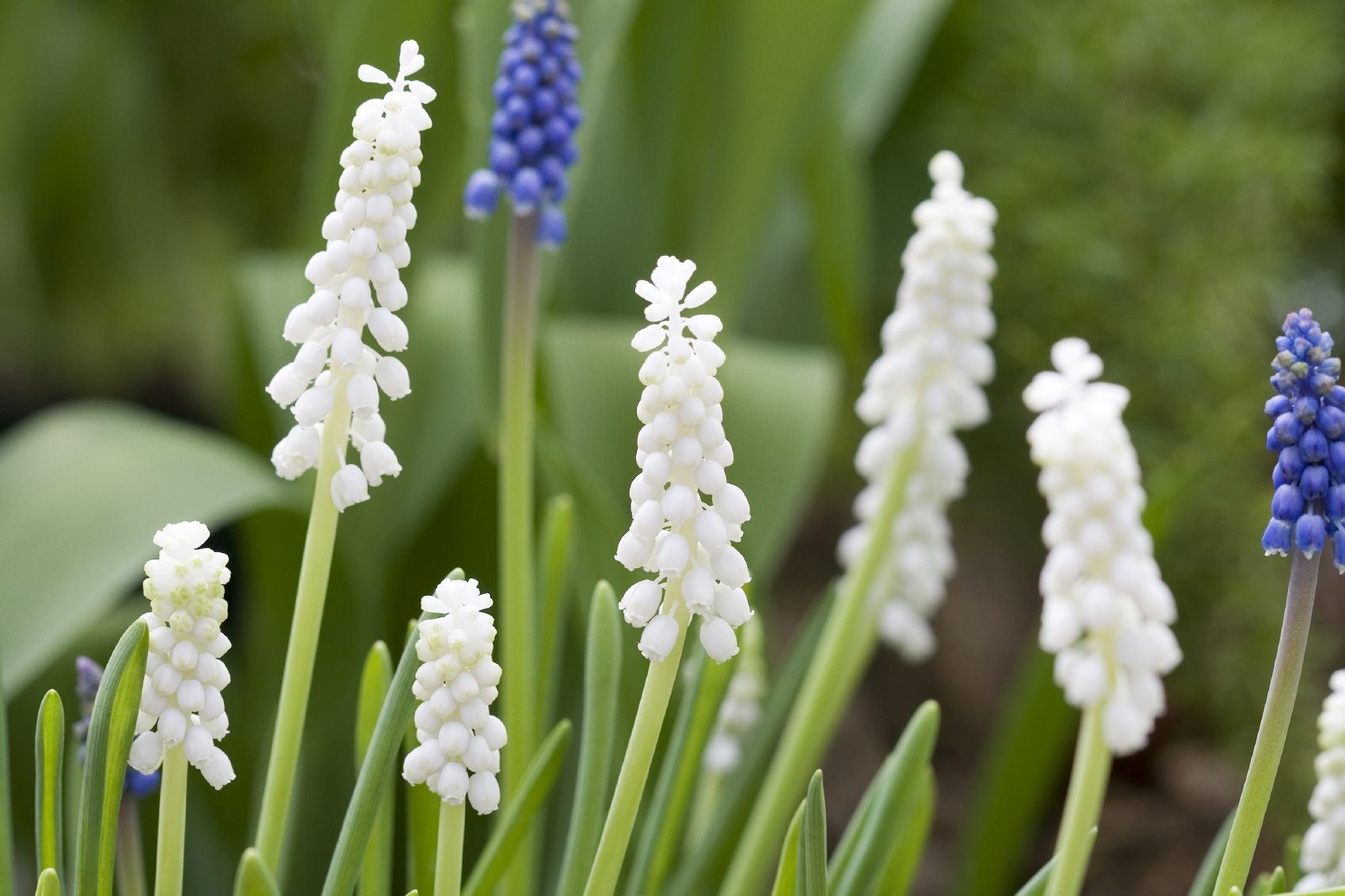 Types Of Grape Hyacinths: Grape Hyacinth Varieties For The Garden
Types Of Grape Hyacinths: Grape Hyacinth Varieties For The GardenThere are many grape hyacinth varieties, 40 species alone, that are resilient additions to the landscape mirroring the blue skies heralding winter's end. So what are grape hyacinth plants and what types of grape hyacinths are suited to your garden? Learn more here.
By Amy Grant
-
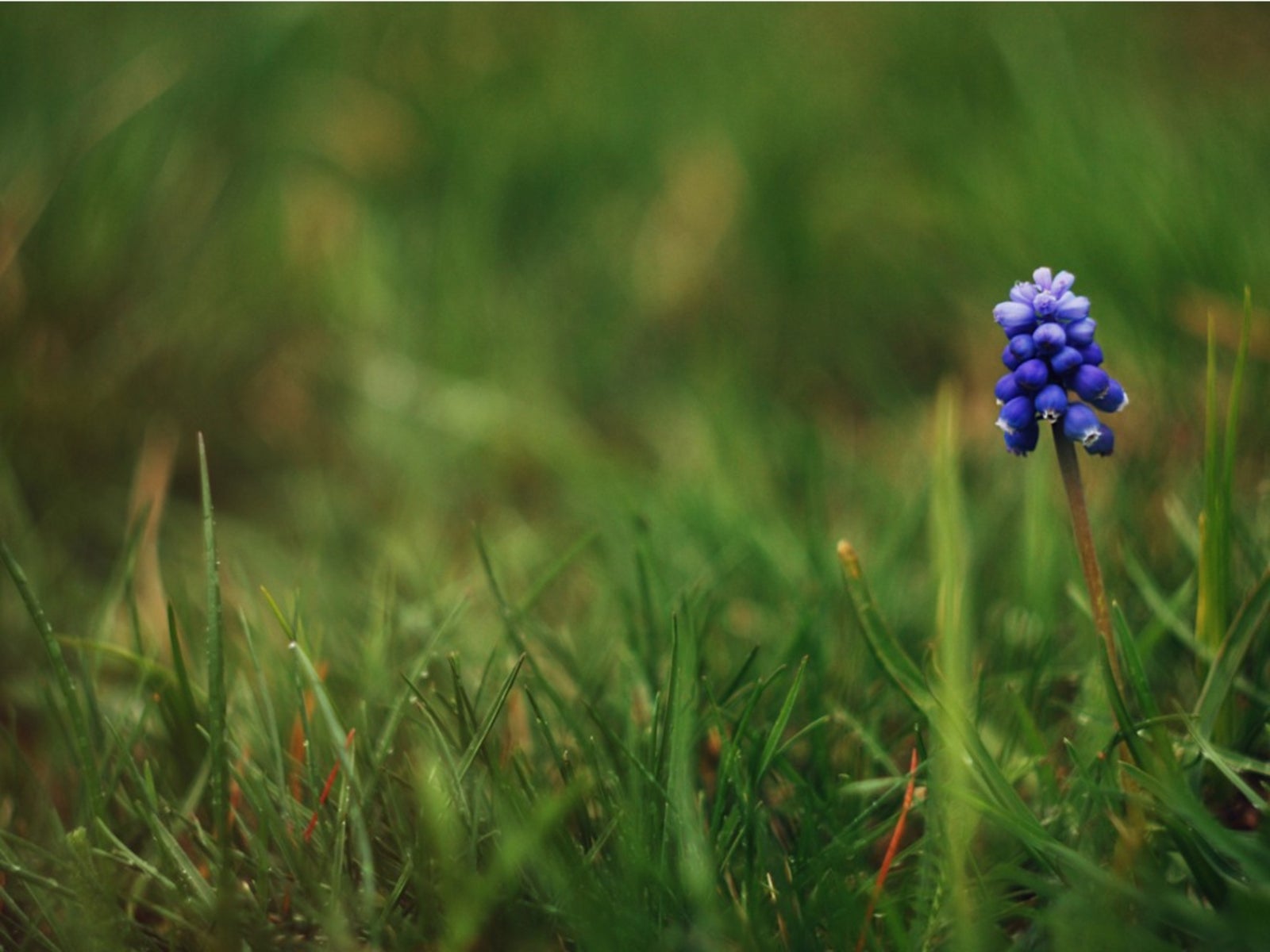 Muscari Seed Planting: How To Grow Grape Hyacinth Flower Seeds
Muscari Seed Planting: How To Grow Grape Hyacinth Flower SeedsGrape hyacinth seed propagation is not as easy or quick as growing the plants from mature bulbs but it is an inexpensive way to further expand your stock of these appealing flowers. Click this article to learn more about Muscari seed planting.
By Bonnie L. Grant
-
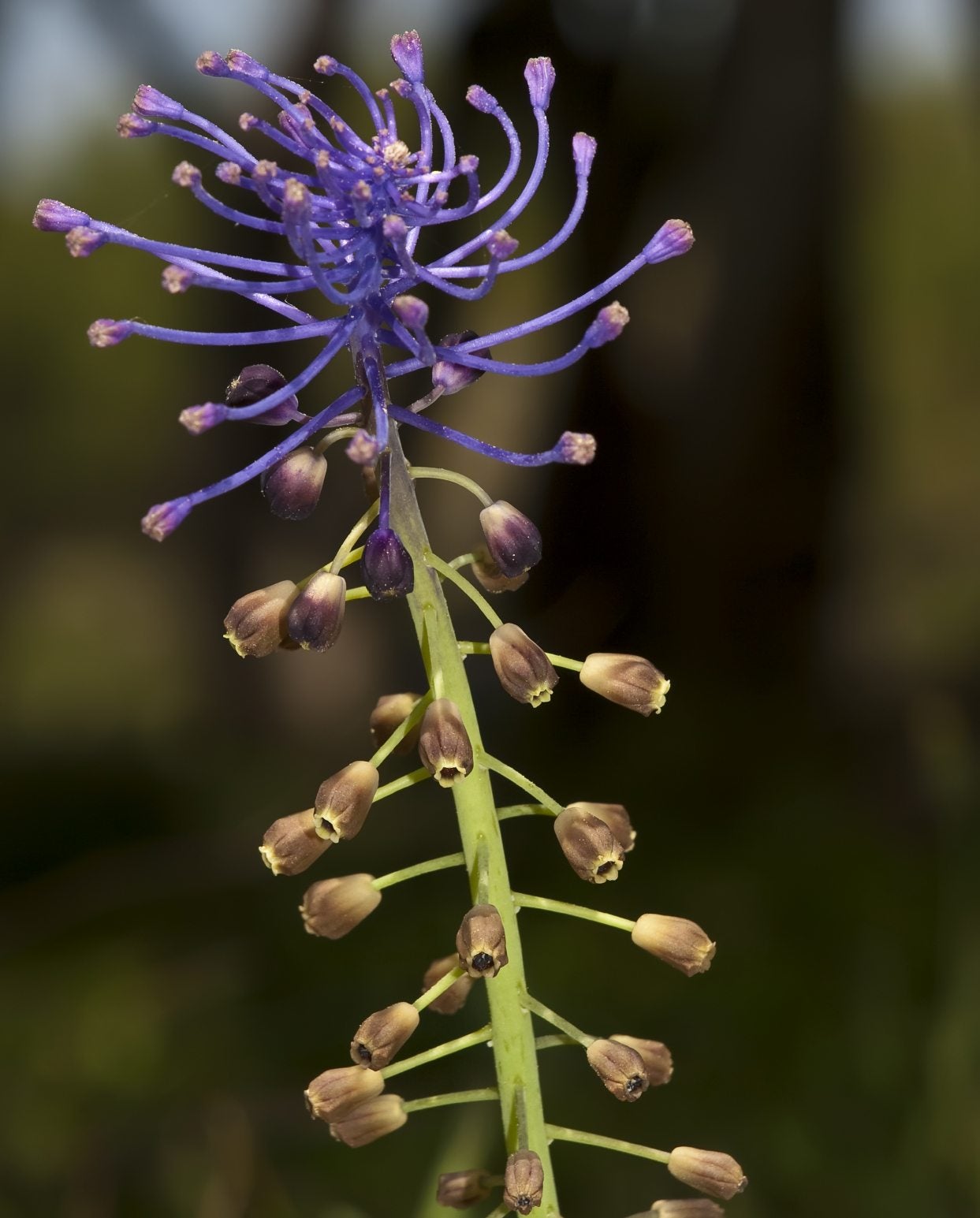 Tassel Hyacinth Growing: Learn About Tassel Hyacinth Bulbs In The Garden
Tassel Hyacinth Growing: Learn About Tassel Hyacinth Bulbs In The GardenTassel hyacinth bulbs are considered a delicacy in Mediterranean countries where the plant is cultivated for this purpose. Read this article for more wild tassel hyacinth info, and learn how to take care of tassel hyacinths in your garden.
By Mary H. Dyer